Keeping you informed
Newsletter February 2022
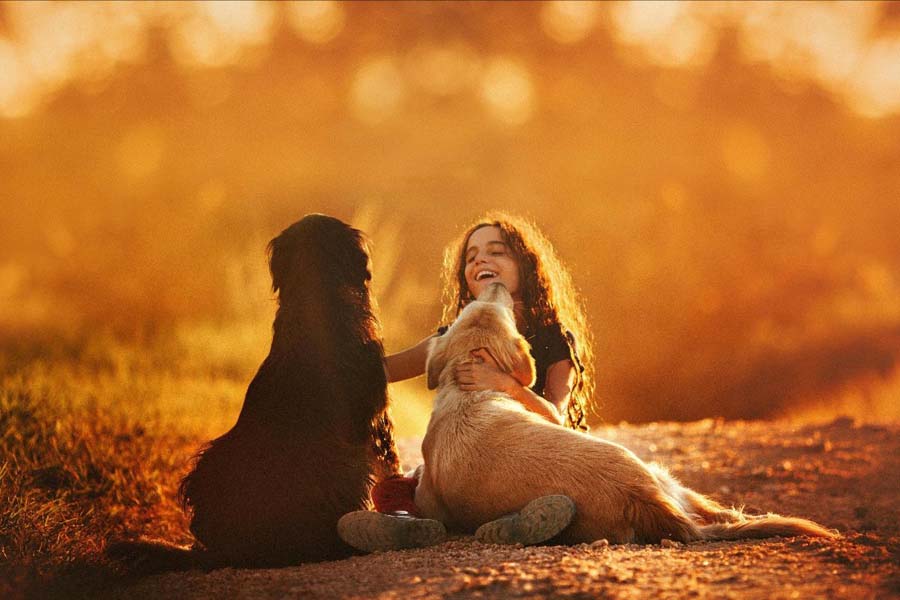
Practice News
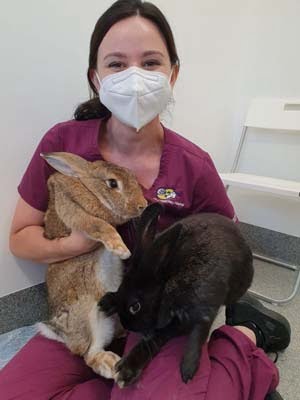
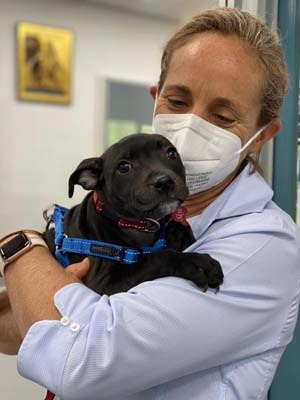
We are delighted to be resuming face-to-face consultations now that restrictions have been lifted. We ask that you please mask up in our rooms while you’re in with the vet.
One of the questions that has been asked several times is whether pets can get coronavirus. This is an important question which has been addressed in Dr Gretta’s article “Can pets get coronavirus?” below. Enjoy!
We had some great questions come through for our Ask the Vet section of our e-news, so remember if there is a question you really want to know the answer to about your pet, email it through to info@turramurravet.com.au to be included in our next edition.
The easiest way to book a veterinary consultation is to Book Online via our website at www.turramurravet.com.au. Our vets are also happy to conduct a telehealth consultation where suitable, to allow extra flexibility for clients, particularly if you are isolating at home.
Can my Pet get Coronavirus?
Author: Dr. Gretta Howard – Senior Veterinarian
Pets are affected by certain coronaviruses such as Feline Infectious Peritonitis (FIP) and Canine Coronavirus Disease (CCoD) but these are different to SARS-CoV-2, the cause of the COVID-19 pandemic in humans. Should we be concerned about exposing our pets to a COVID positive human? Can humans catch COVID-19 from pets?
Firstly, it is important to know the difference between PCR positive to SARS-CoV-2 (severe acute respiratory syndrome coronavirus-2) and the illness that can develop from this virus, known as COVID-19 (as it was first detected in Wuhan, China in 2019). People and pets can be positive on a PCR test but asymptomatic, which means that do not have COVID-19 (clinical signs of illness), but are asymptomatic carriers of SARS-CoV-2. So, both people and animals can be PCR positive without having COVID-19.
Click here to get the full article on Pets and Coronavirus.
Want a Relaxed Walk on Both Ends of the Leash?
Author: Katie Bedrossian – Pet Behaviour Consultant
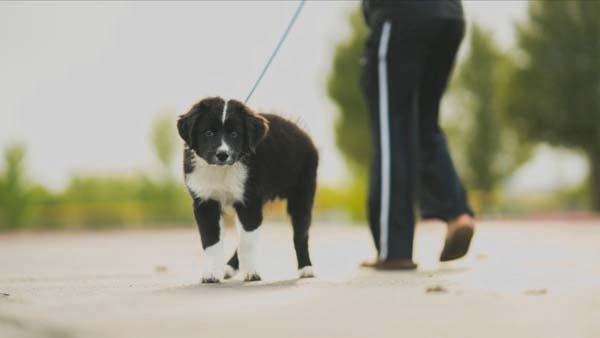
Dogs love to explore and love to sniff. They also love to move faster than we can keep up.
Unfortunately all these natural behaviours often mean your dog is pulling on walks. This not only is frustrating, but can cause damaged joints and muscle strain for you as well as for your dog.
Read on for 5 tips to make your walk more enjoyable for everyone!
- Pick the right walking equipment. A harness such as the Rogz Control harness with a 1.8m lead attached to the chest ring is ideal for most dogs.
- When the leash is tight, don’t allow your dog to continue the walk, and prevent access to other dogs, people and smells until the leash is loose again. Try to stop walking before your dog starts pulling.
- For the first 2-4 weeks of training, if the leash is loose, let your dog sniff a spot for as long as they want (even if it continues for 2 minutes!).
Click here to learn more about a relaxed walk with your leashed dog.
Pet Of The Month: Teddy Leevers
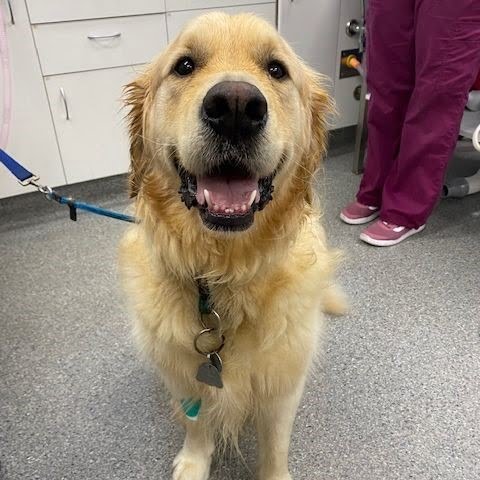
Who doesn’t love a Golden Retriever??
We certainly do – especially Teddy! We have had the pleasure of looking after Teddy since he was just a tiny puppy, and it is safe to say he has won over all the staff here at Turramurra Veterinary Hospital from the very moment he wandered through our doors!
Teddy is well known for his lovable, gentle nature and provider of Teddy bear-like cuddles!
Staff Profile: Renee – Veterinary Assistant
(Studying Veterinary Science at the University of Sydney)
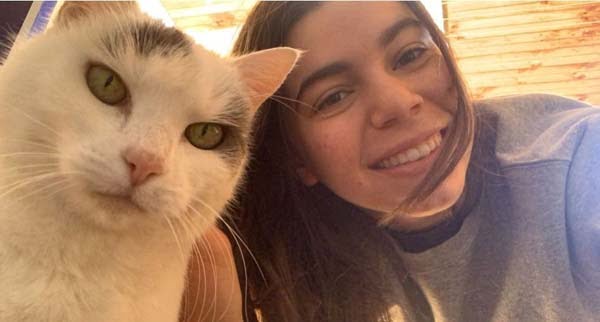
1) What do you most enjoy about studying veterinary science at the University of Sydney?
The most enjoyable aspect of my veterinary science degree so far was attending the zoo and learning about wildlife conservation. I am looking forward to learning more about animal nutrition and pathogenesis this year.
2) What do you love most about working with animals?
Ever since I was a little girl, I have always loved animals, and so working with and caring for animals brings me a lot of joy. I especially love the cuddles and excited greetings that I get from all of the beautiful pets that enter the hospital.
3) How does working as a veterinary assistant at Turramurra Veterinary Hospital complement your studies?
Working as a veterinary assistant at Turramurra Veterinary Hospital provides me with the opportunity to become more confident in animal handling, and it allows me to practice the theory that I am currently studying. However, as I am only starting the second year of my degree, working at TVH allows me to learn so much more about animal health before I have actually been taught it at university.
Feline Friends: Why is my Cat So Thirsty?
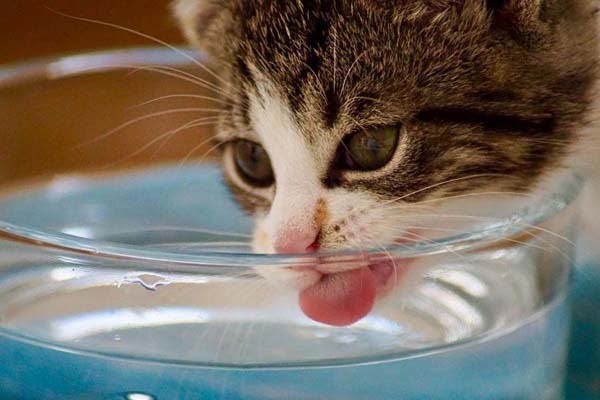
Cats are desert animals, so their kidneys are generally very good at conserving water, which is why cat urine is so smelly – it is generally very concentrated. In fact, cats with healthy kidneys that are on a combination of wet and dry food barely need to drink water, because the wet food component of their diet contains about 70% water – usually enough for cats.
If your cat starts to noticeably drink more water, it’s time for your cat to head to the vet for a check-up, as this could mean there is something wrong.
Click here to learn more about polydipsia and thirsty cats.
Innovations: Bair Hugger – keeping your pet warm during anaesthesia
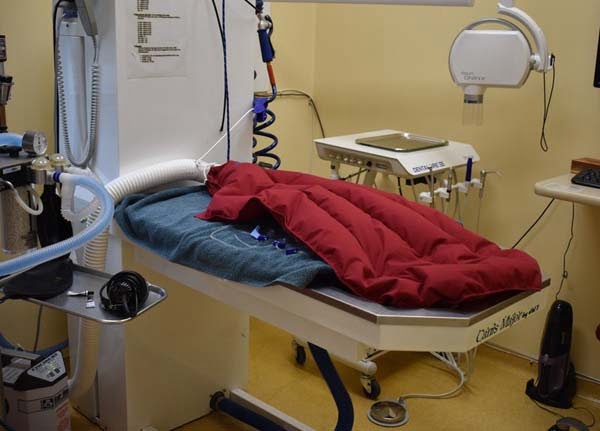
During anaesthesia, pets are prone to developing a low temperature, known as hypothermia. In order to prevent this, Turramurra Veterinary Hospital uses a device called a Bair Hugger unit for anaesthesia and recovery, to keep your pet snuggly and warm while they are asleep. Warm air is circulated within two layers of material which is placed over your pet while anaesthetised. This improves anaesthetic safety as maintaining a normal body temperature helps to maintain your pet’s circulation and a normal blood pressure.
Ask the Vet!
Author: Dr. Gretta Howard – Senior Veterinarian
Why does my dog keep getting ear infections? (Benny)
Repeat ear infections can be a sign of allergic skin disease. Healthy ears generally don’t usually get infections, so for this to happen, the ears are usually inflamed to begin with. Inflammation of the ears upsets the normal skin barrier and creates a moist, warm environment for bacteria and yeast to flourish in. It’s important to treat both the infection, by identifying the type of infection under the microscope as well as addressing the inflammation.
Should I clip my cat’s nails? (Ursula)
For totally indoor cats, nail clipping may be required if they are getting them caught in various places such as the carpet or security door. Another reason to have your cat’s nails clipped is if they are curling around and growing near the food pads, as this can be painful. If you are introducing a new dog or cat into the family, it might be wise to clip everyone’s nails for obvious reasons!
For cats that venture outside, nails can be life saving if a cat needs to quickly scale a fence or tree to get out of danger from a predator, such as a dog. Cats also use their nails to defend themselves in fights. So unless the nails are causing problems, routine clipping your cat’s nails is unnecessary.
My dog sometimes eats her poo – why does she do this? (Bella)
Eating poo, disgusting as it sounds, is incredibly common in dogs. Known as coprophagia, the cause is usually behavioural rather than due to a nutritional deficiency, but it is important to ensure your dog is on a balanced diet and not underweight. A blood test may be recommended to rule out a medical cause, such as a hormonal imbalance or gastrointestinal absorption issue. Sometimes coprophagia can extend beyond just eating faeces and move into eating man-made objects too! This can be a form of obsessive compulsive disorder. In addition to examining the underlying cause, in order to reduce this habit, it’s vital to pick up faeces as soon as your dog goes to the toilet. Take your dog outside on a leash so you can pull your dog away quickly if required. Ensure you are feeding a high-quality premium diet and consider using a slow-feeder bowl or slow-release food toy.
We really appreciate your patience and co-operation during this period. Please send your feedback to our business manager, Elyse Staber, via email to manager@turramurravet.com.au as we always strive to improve our service. Stay safe.
Warm regards, your locally family-owned Turramurra Veterinary Hospital team.

